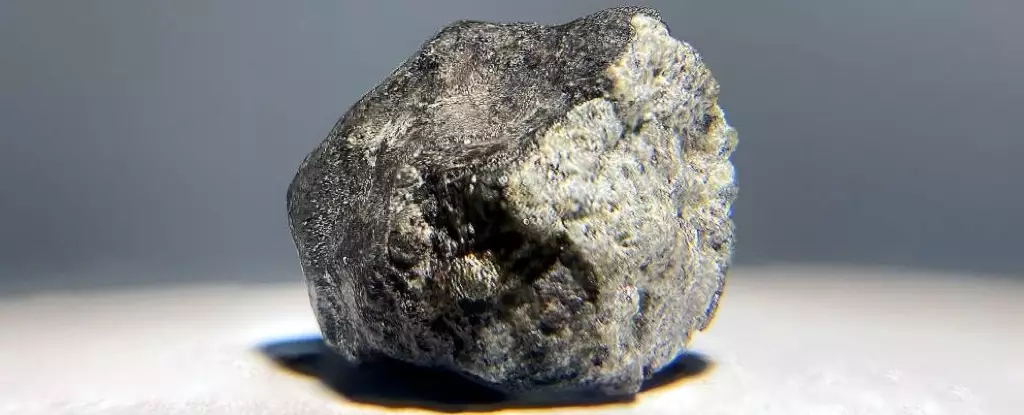For centuries, meteorites have captivated humanity, from ancient astronomers to modern astrophysicists, each eager to unveil their secrets. Recent studies have elevated our understanding of these celestial fragments significantly. Up until now, only a minimal percentage of meteorites that have made contact with Earth were convincingly traced back to their original sources in the cosmos. However, groundbreaking research now reveals compelling origin stories for over 90 percent of meteorites that land on our planet, enriching our understanding of their cosmic journey.
Led by a collaborative effort from prestigious institutions such as the French National Centre for Scientific Research and the European Southern Observatory, researchers focused on the most prevalent classes of meteorites, specifically H (high iron) and L (low iron) chondrites. Together, these two types account for approximately 70 percent of all meteorite falls. The study posits that these meteorites are more than mere relics; they serve as a window into shared processes, born from parent bodies that fragmented in the depths of space.
Chondrites derive their name from the tiny spherical particles known as chondrules that compose them. These chondrules formed from molten rock that rapidly cooled in the vacuum of space, a process that holds vital clues to the early solar system’s conditions. Examining these meteorites provides insights not only into their individual chemical compositions but also into the environments from which they originate.
The recent studies have confirmed that the H and L chondrites on Earth originate from three distinct families of asteroids: Massalia, Karin, and Koronis, all of which are situated within the main asteroid belt between Mars and Jupiter. Remarkably, these findings lead to the understanding that not only do these meteorites hail from specific families, but they also correlate to significant collisions within these groups throughout history. For instance, researchers identified explosive events in the Massalia family that took place 466 and 40 million years ago, as well as collisions in the Karin and Koronis families around 5.8 and 7.6 million years ago.
Such collisions generate an abundance of fragments that could potentially escape the gravitational confines of their parent asteroids. The relatively recent nature of these events has significant implications for the meteorites that reach Earth in contemporary times. It suggests that the meteorites we encounter today are not just ancient remnants but represent a dynamic cycle of creation and destruction—an ongoing saga stemming from cosmic violence.
Supporting evidence underscores this theory, with research revealing associated dust bands and cosmic-ray exposure ages specific to H chondrites. Additionally, by assessing the distribution of their pre-atmospheric orbits, researchers were able to reinforce the premise of shared origins among the meteorite population.
Encouraged by these revelations, the researchers delved further into less common meteorite types, thus broadening the array of accounted-for samples beyond the H and L categories. This comprehensive examination led to the identification of additional meteorites tied to families such as Veritas, Polana, and Eos. Collectively, this research enriches our tally to more than 90 percent of meteorites being traced back to their origins, promoting a clearer narrative of their diverse sources.
The implications of this research extend beyond mere academic curiosity. By comprehensively identifying the dynamics of meteorite origins, scientists gain a clearer picture of the processes that shaped our solar system through eons. Understanding these complex interrelations informs not just our historical grasp of planetary evolution but may also aid in predicting the future trajectories of asteroids and meteorites as they continue to interact with Earth.
While significant progress has been made in uncovering the origins of meteorites, the journey of exploration is far from over. Researchers express unwavering determination to thoroughly catalog and understand the full extent of meteorite types. As we look to the cosmos, eager for more revelations, the study of meteorites offers one of the most profound ways of connecting with the mysteries of space and time—an endless quest that deepens our appreciation for the universe and our place within it.

